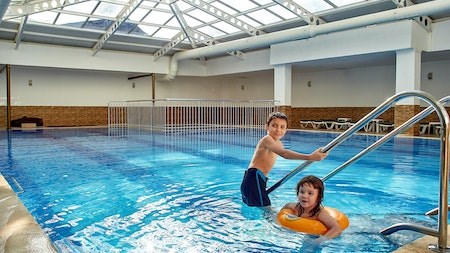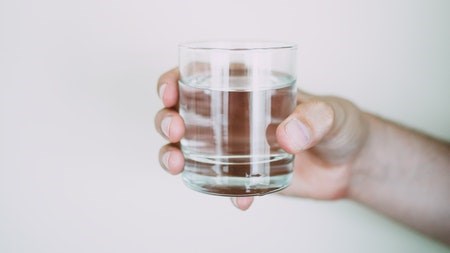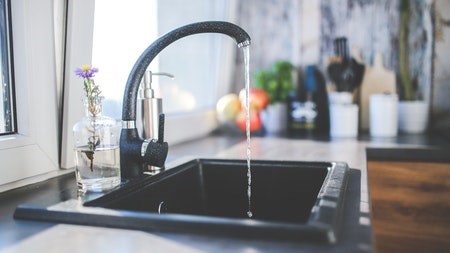Children can easily drown in just a few centimetres of water, which is why children under the age of six should always be supervised while playing in a pool or taking a bath.
Drowning is one of the top five causes of accidental death in South Africa, with an estimated 30 to 40% of these fatalities affecting children younger than 15. Rural, underserved communities in, particular, are vulnerable to drownings in farm dams, rivers and streams. Without formal swimming skills, people too often find themselves in difficulties.
These conditions have driven water safety instructors and team leaders, headed up by National Sea Rescue Institute (NSRI) drowning prevention director, Dr Jill Fortuin, to achieve the remarkable milestone of instructing 3.5 million children through the NSRI’s Water Safety Education project.
The lessons are tailored to each age group and consist of a story highlighting the importance of drowning prevention skills and the seriousness of not being safe in and around water. Depending on the age group, lessons may include basic information such as never swimming or playing near water on your own or simple bystander CPR.
Swimming
To be safe around water, children should be taught how to swim as early as possible. Every child is different, so you need to enrol yours in a swimming class as soon as they are ready. Consider their age, stage of development and how often they are around water.
Children should practise basic swimming and floating techniques, so they don’t panic in the water. If your children are still learning to swim, make it a firm rule that they wear protective water gear, such as flotation armbands or vests, to help keep them afloat in the pool.
Teach your children water survival skills, even if they can’t yet swim. Being able to do these five things will keep them safe if they do accidentally land in deep water without protective gear:
- Jump or step into water over their head and pop up to the surface.
- Turnabout in the water and orient to safety.
- Tread water or float.
- Combine breathing with forward movement in the water.
- Get out of the water.
At the pool
- Install a fence around your home pool. An effective pool fence should surround all sides of the pool and be at least 1.5 m high, with a self-closing, self-latching gate.
- Always watch children when they are in or around water without allowing yourself to be distracted.
- When several adults are present, choose one to be responsible for watching children near or in the water for 15 to 20 minutes at maximum. After 15 minutes, select another adult to be the watcher.
- Young children can drown in as little as 3 cm of water, so keep them and weaker swimmers within arm’s length of an adult. Make sure more experienced swimmers always swim with a partner.
Safety measures
In addition to teaching your children ways of being safe around water, there are steps you should take to prevent accidents.
- Empty buckets, containers and kids’ pools immediately after use. Store them upside down and out of reach of children.
- Learn cardiopulmonary resuscitation (CPR) and basic water rescue skills to know how to respond in an emergency without putting yourself at risk.
- Keep toilet lids closed and doors to bathrooms and laundry rooms locked unless an adult is present.
- Some safety measures that can be incorporated into a bathroom to make it safe for children include: anti-slip mats in baths and showers, non-slip stepping stools so your children can safely access the basin without slipping and falling in, and toilet locks to prevent accidental drowning.
Hot water
Water can present other hazards in addition to drowning. Children have thinner skin than adults and are more vulnerable to burns. To avoid accidental scalding, teach your children to test the temperature before getting into a bathful of water.
Show them how to dip an elbow into the water for a few seconds to get a good idea of the water temperature. If the water feels warm but not hot, it’s safe to get in.
Even a cup of very hot liquid can cause serious damage. Teach your children never to drink from or put their hands or fingers directly into a cup of liquid without first holding a hand above it to test the temperature. If heat radiates off the water, it is hot and may cause scalding. If not, the water will either be at room temperature or cold.
Electricity
Remind your children never to mix water and electricity as this can lead to electrocution, and emphasise that any appliance plugged into an electrical socket should never be held with wet hands.
Teach them about the dangers of everyday electrical appliances like:
- Toasters
- Hairdryers
- Radios
- Televisions
- Lamps.
Prevention is always better than cure, so make sure your home is safe for yourself and your family.
Writer : Sarah-Jane Meyer




